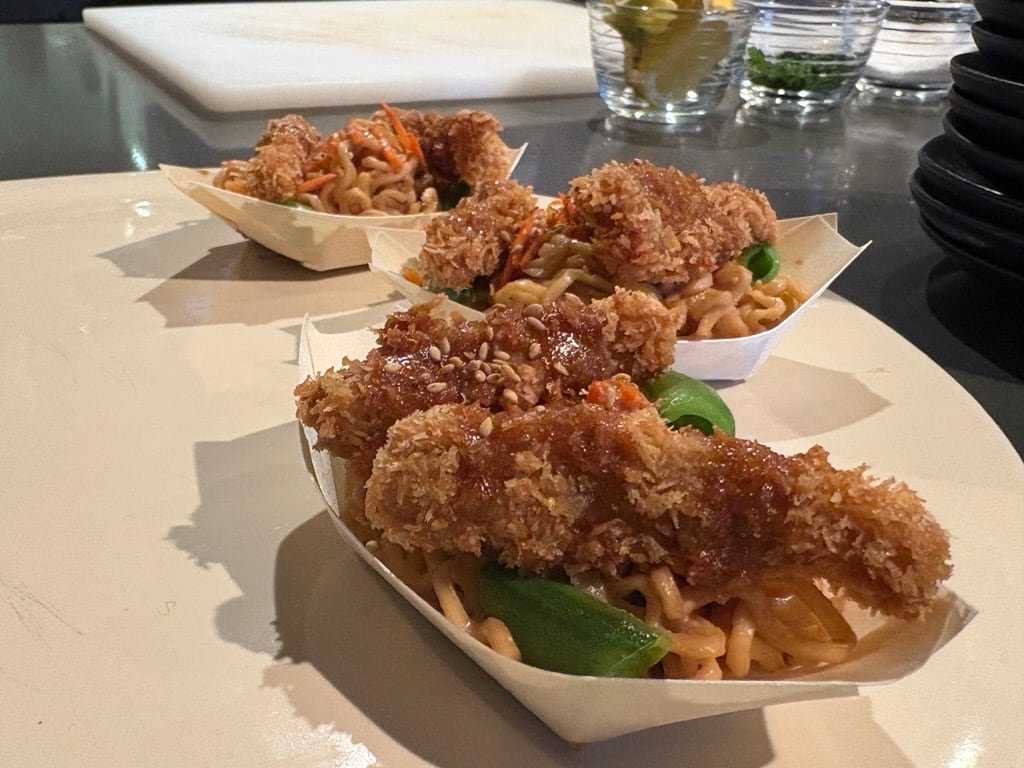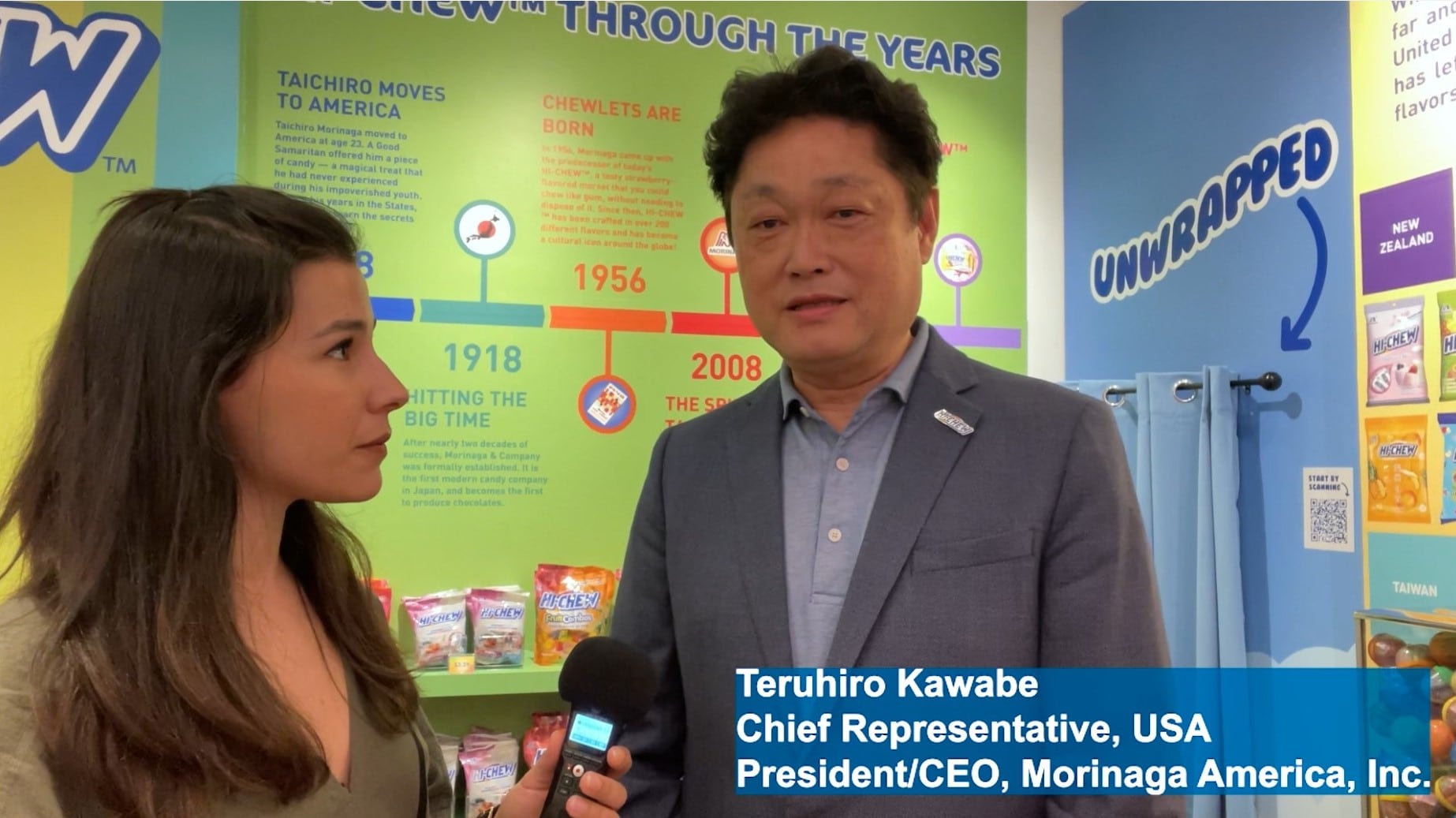Pop-ups, combined with digital and traditional marketing like mailers or billboards, are becoming essential to holistic strategies, offering hands-on experiences and free samples that resonate with budget-conscious consumers while leaving a lasting impact, according to RJ Hottovy, head of analytical research at Placer.ai.
Location analytics companies, like Placer.ai, can leverage foot traffic data to uncover valuable consumer behavior and trend insights for these types of retail opportunities. Hottovy shares how brands can integrate pop-up stores as a dynamic extension of their broader marketing strategies in this episode of Brand Alchemy.
Brands are embracing pop-up stores to promote products, especially as consumers are shopping at a wider number of retails, Hottovy said.
“Consumers are looking for value, but it’s really things that they are getting that they cannot find anywhere else, so innovative value is really key,” he said.
Welcome to Brand Alchemy
Brand Alchemy is a monthly multimedia series from FoodNavigator-USA that delves into the art and science of transforming products into brands. In this series, we explore how strategic design, compelling marketing and creative packaging shape CPG products into lasting impressions that resonate with consumers and drive sales.
Check out previous episodes here:
- How brands are turning influencers into storytellers: In an exclusive interview with the American Egg Board and Pacific Foods, this episode explores how their partnerships with influencers — Olympic breakdancer Sunny Choi and celebrity chef Matty Matheson — leverage their unique personalities to create relatable campaigns that boost brand awareness.
- Designing for impact: Design is often a multi-faceted strategy that balances creativity with constraints while artfully delivering a brand’s narrative to stand out on shelves, as demonstrated by Michael Cina, owner and creative director of Cina Associates, who employed design elements to address high printing costs for Black Beach Coffee’s packaging.
- How F&B brands can boost their ROI with a diversified media strategy: Today’s marketing strategies need flexible adjustments and a blend of channels to keep pace with rapid shifts in media consumption, unlike the fixed annual media plans of yesteryear.
Pop-ups as short-term setups draw specific audiences and provide a strategic opportunity for brands to introduce products directly to consumers. As brick-and-mortar stores see more closures across the US, which could be due to households moving from densely populated cities to medium-sized or rural areas, brands are challenged with finding creative ways to maintain relevance among an evolving consumer base, Hottovy said.
For DTC brands, pop-ups can extend the brand experience beyond the digital space, while for brick-and-mortar stores, they offer an opportunity to reach new markets and demographics that might otherwise be inaccessible.
Creating a ‘ripple effect’
Companies like Placer.ai tracks foot traffic data to understand who visits these pop-ups. By analyzing where visitors come from and comparing them to the normal audience of the location, they can identify trends and insights about the types of consumers attracted to these events.
Within an economically challenging environment, shoppers are more cautious about spending and drawn to products that are clear and direct about their value and functionality. This value alignment is a key factor in influencing purchasing decisions across digital and in-store channels.
“Consumers don’t want to waste money. They want something that is going to work the first time they try it. They want something that has actually got tangible benefits laid out with it,” Hottovy said.
Pop-ups are designed to drive traffic to retailers by creating a “ripple effect” that boosts foot traffic not just at the pop-up itself, but also at nearby retailers that carry the brand’s products, Hottovy said. As with most industries, pop-ups are about location, location, location, given their influence on positively lifting sales when strategically placed near a retailer.
Placer.ai’s foot traffic data can help brands determine optimal locations for pop-ups, in addition to considering demographic profiles, consumer habits and cross-shopping behaviors.
Along with tracking pop-up foot traffic, brands can measure their return on investment by tracking social media engagement, collecting press coverage and sending out post-event surveys for consumer feedback, as reported previously by FoodNavigator-USA.


